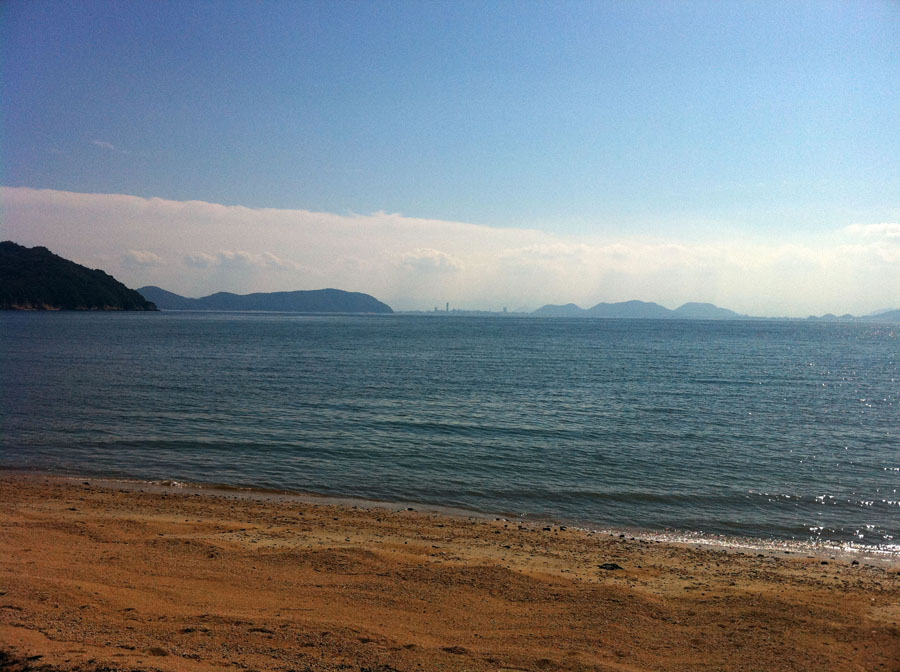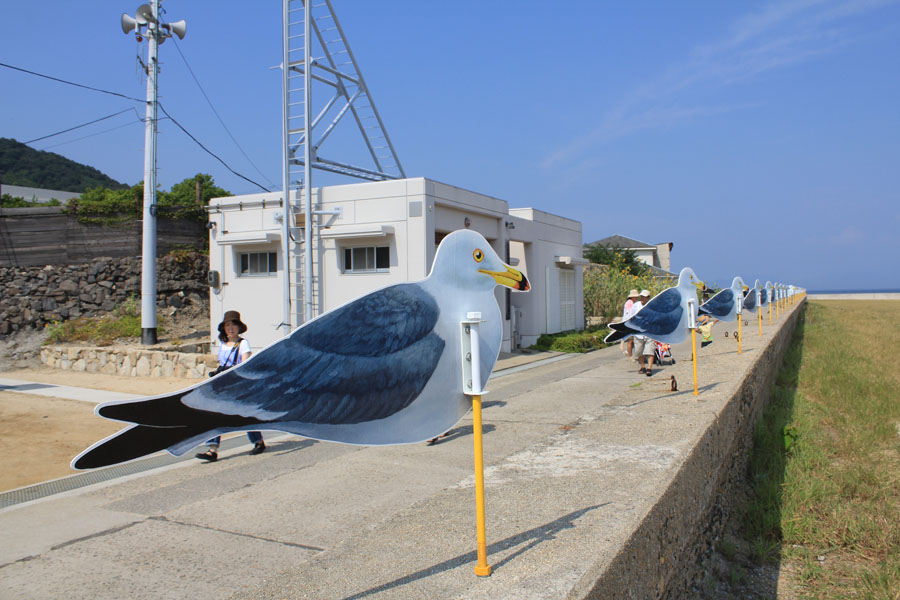SETOUCHI TRIENNALE 2010
HAPPENINGText: Tomohiro Okada
The Seto Inland Sea is surrounded by Chugoku and Shikoku districts in southern Japan. In this pleasant area with countless small islands, mainly islands located in Kagawa prefecture, a contemporary art event Setouchi International Art Triennale was held from this summer to autumn.

The festival was directed by Furamu Kitagawa who has been successfully directed “The Echigo-Tsumari Art Triennale” in Nigata prefecture where is an area of heavy snowfall in Japan. Same as the art festival in Tsumari, Setouchi International Art Festival was the landscape-scale art festival in a broad rural field. Visitors can experience local area by not only art works, but also local scenery and people’s daily life in the region.
The art festival held in seven islands was served by ferry lines. People talked about that it would take at least 3 days to look around most of the event, which took place in more than one town like Venice Viennale and Documenta.
The main point of your travel to the festival was the capital city of Kagawa prefecture, Takamatsu. You could get a ferry via Takamatsu Port. I also started my travel from Takamatsu.

I first headed to Teshima Island, where accepted tourists for the first time by exhibiting art works for this festival. There is another venue nearby island such as Naoshima, where is developed with a contemporary art museum and art fields which were built by an international educational company, Benesse Corporation and its founder. In Naoshima, actually there are no art works installed specially made for this festval.
First, I visited the island where “was opened” for art. Many of the visitors from all over the world started their new experiences from there. The ferry line has been used daily as a connection between the island and the town.
Read more ...




